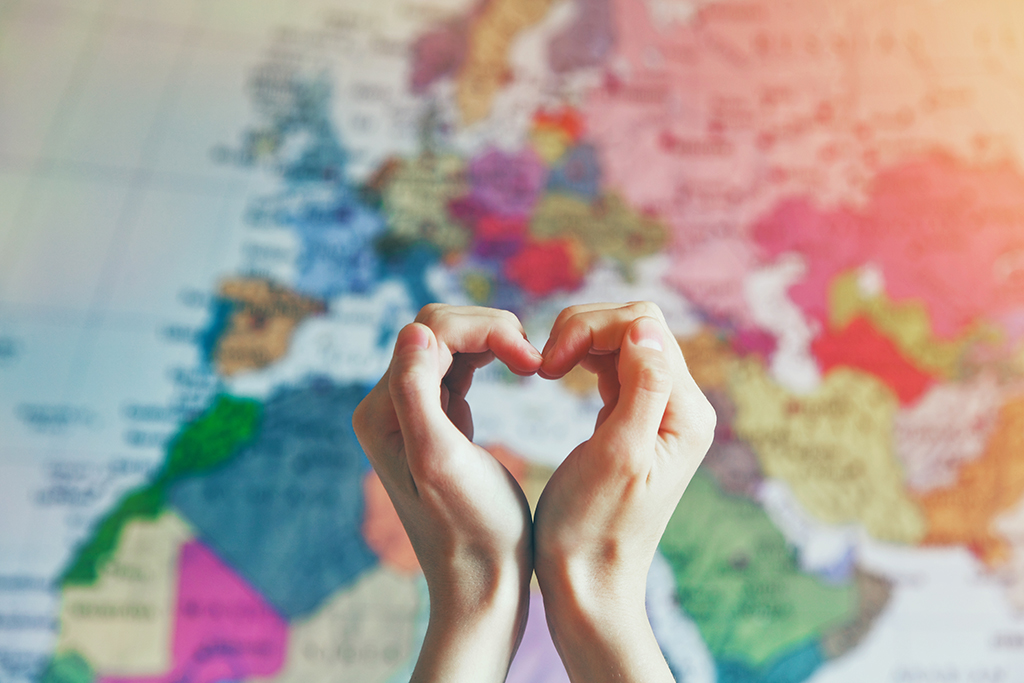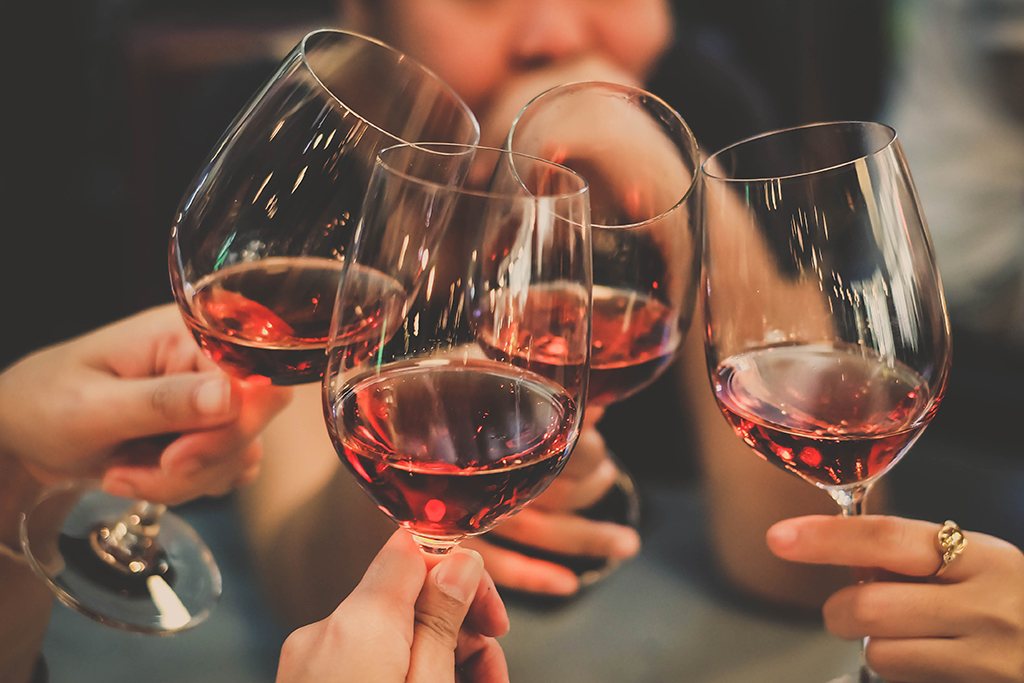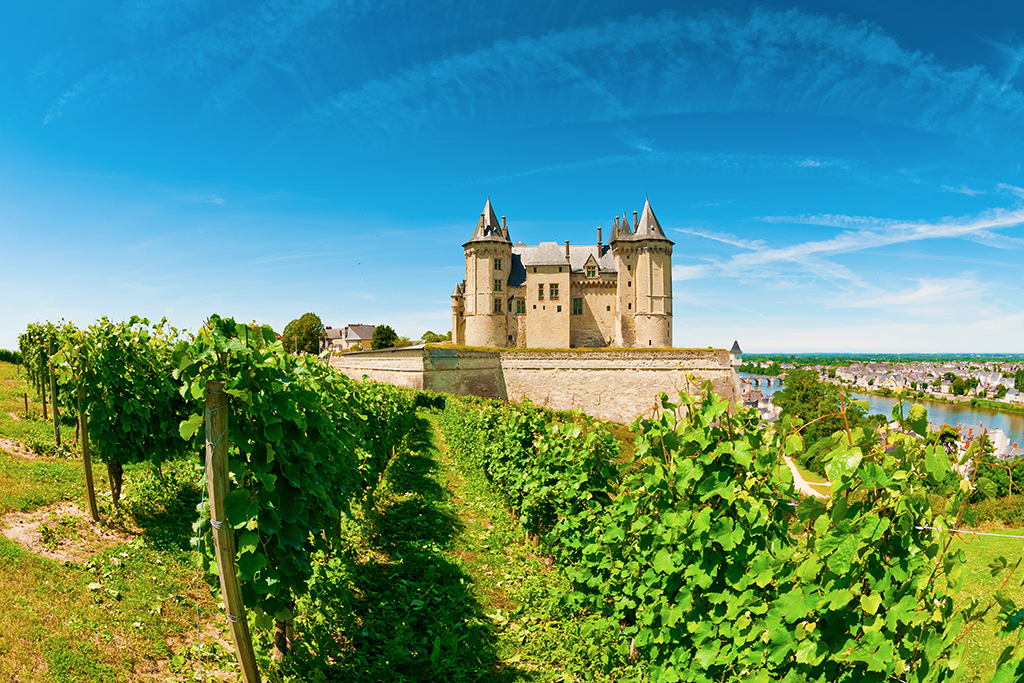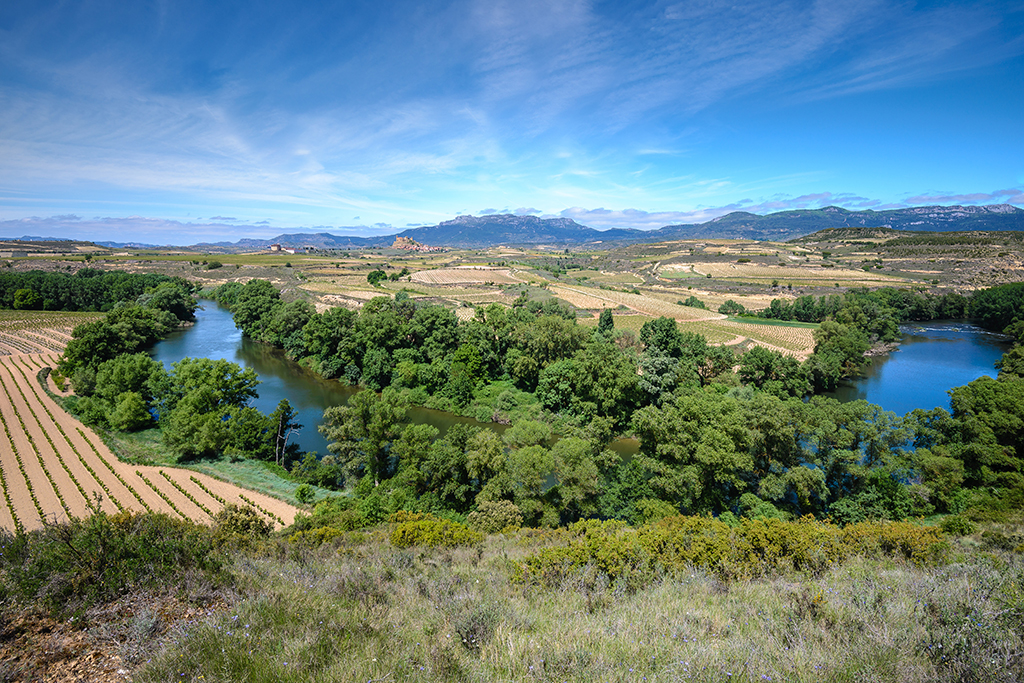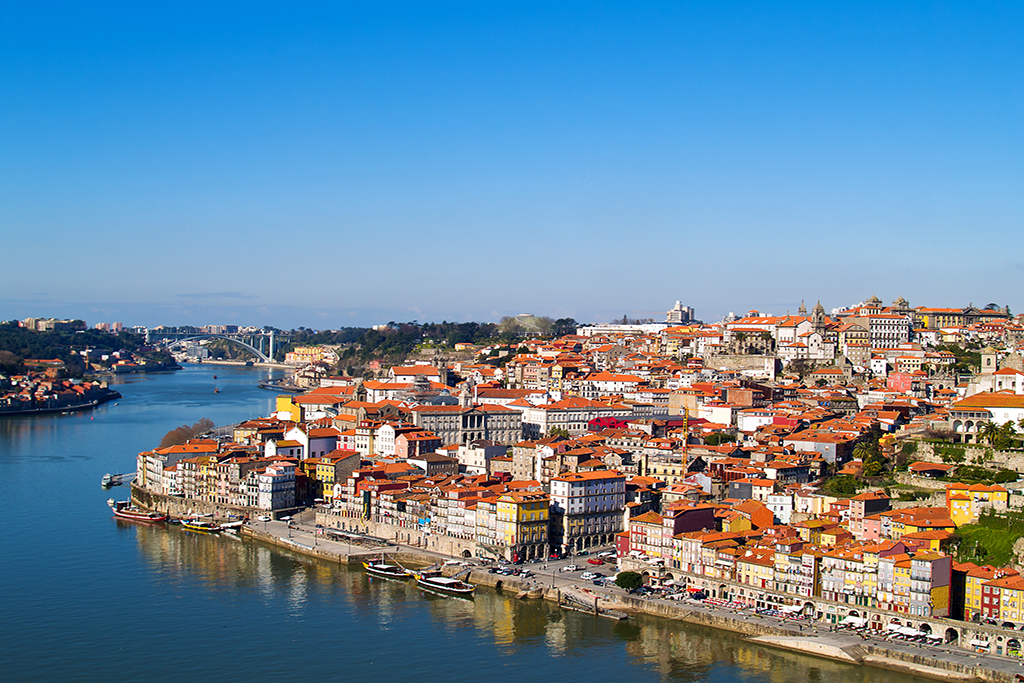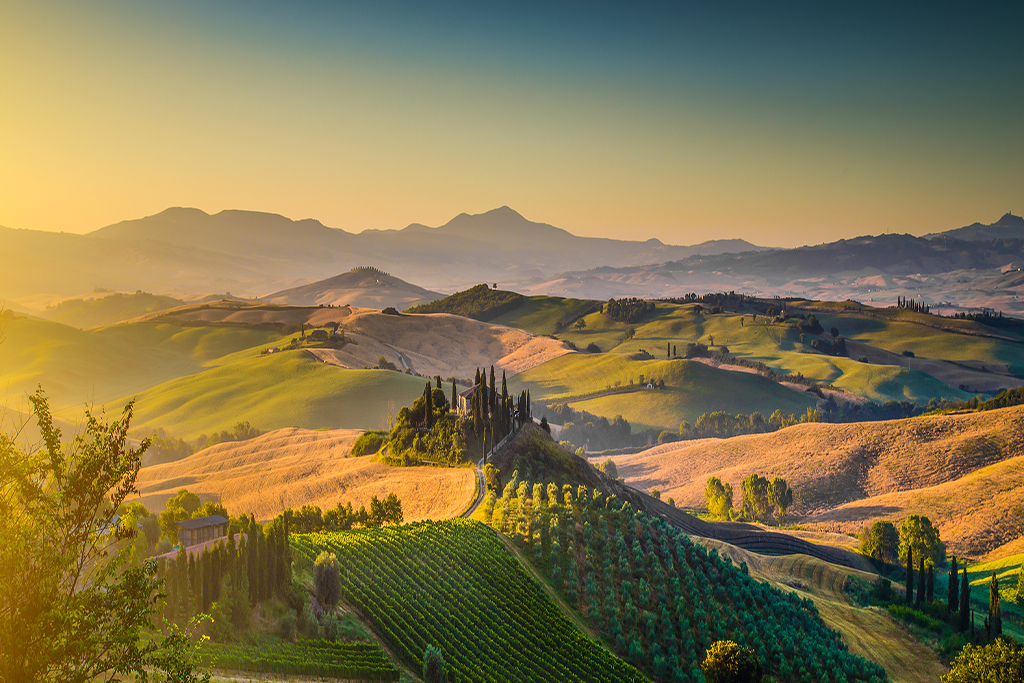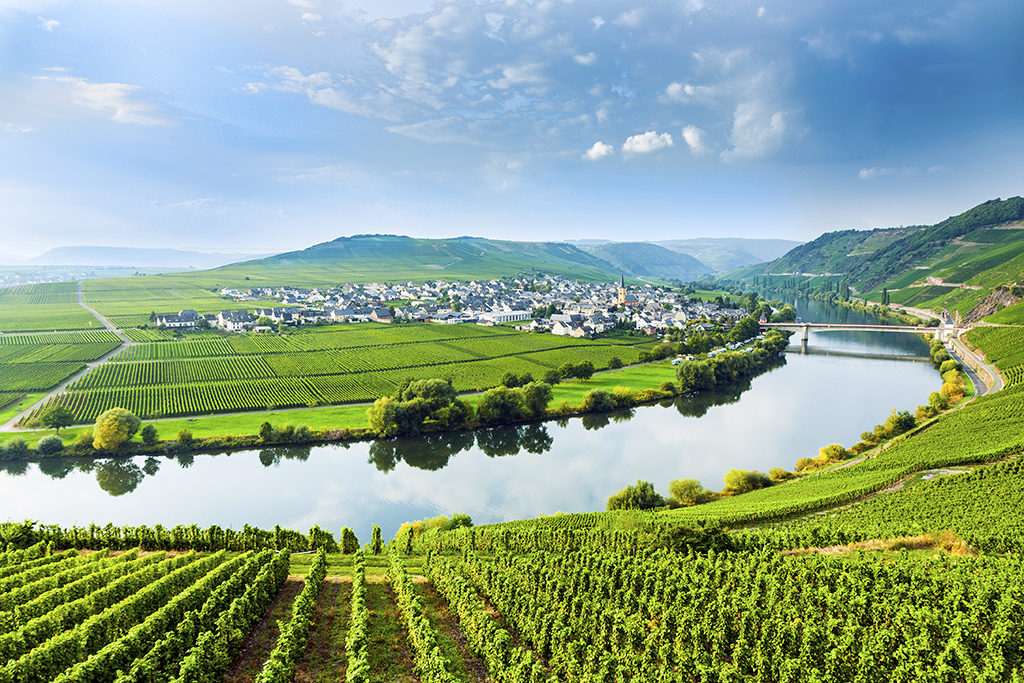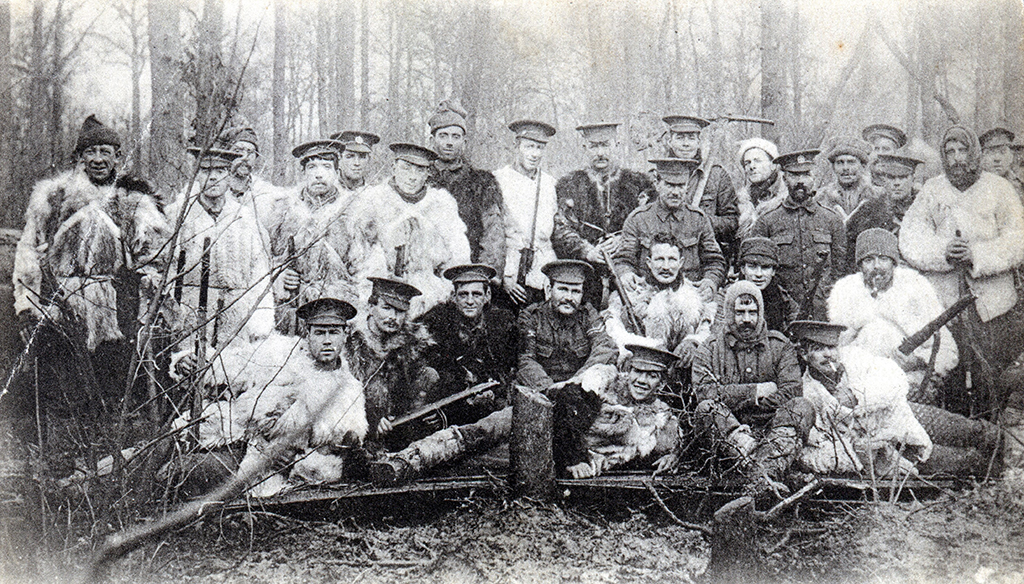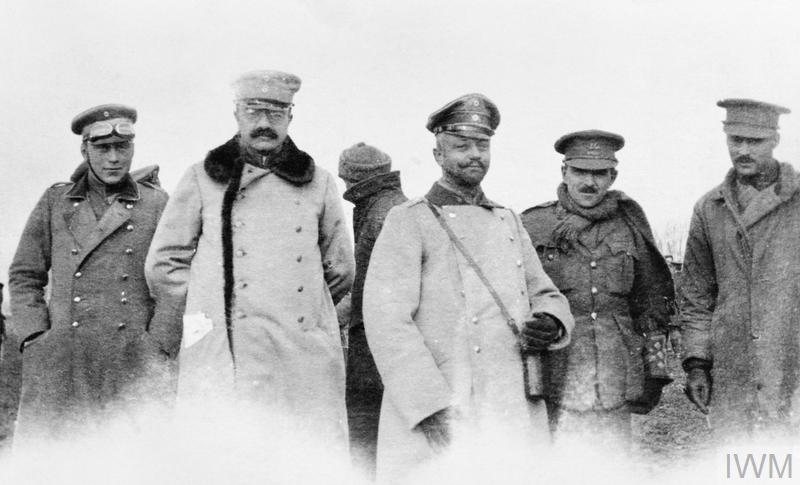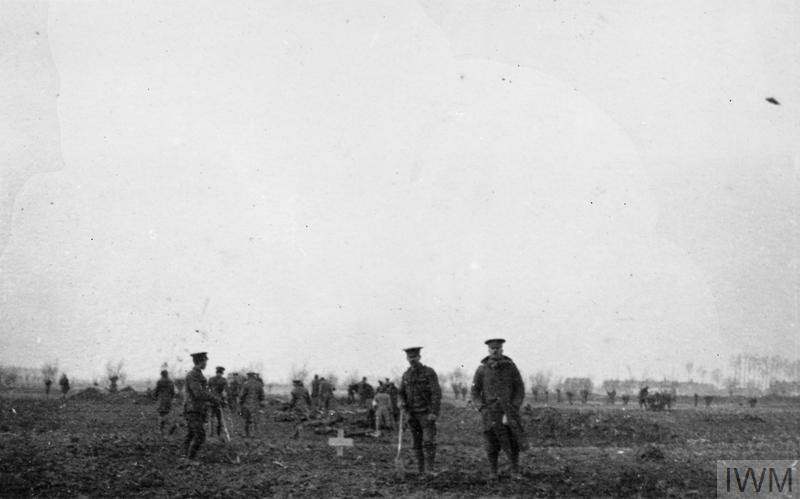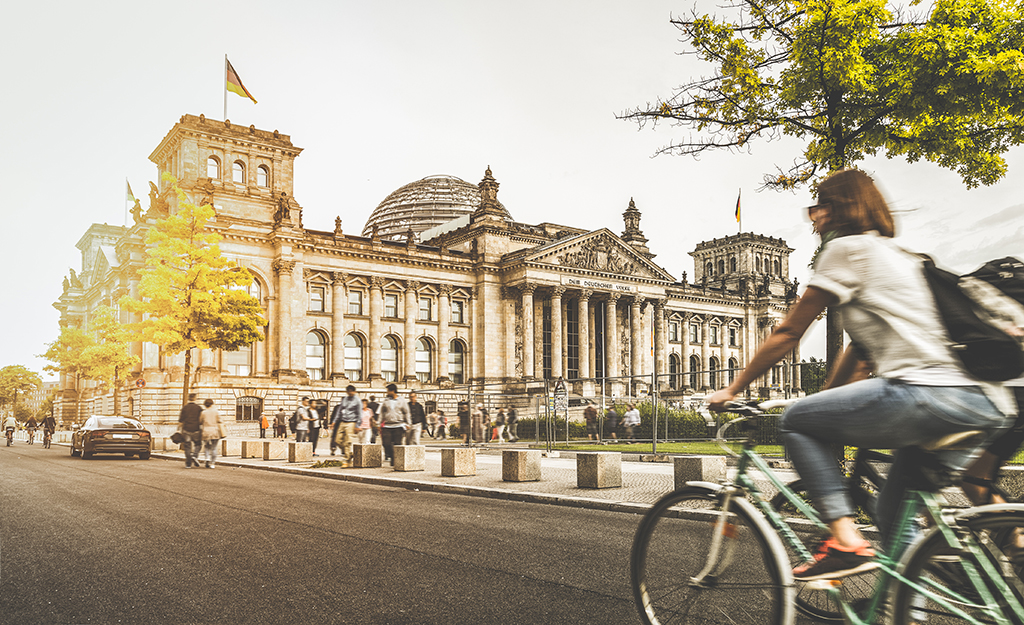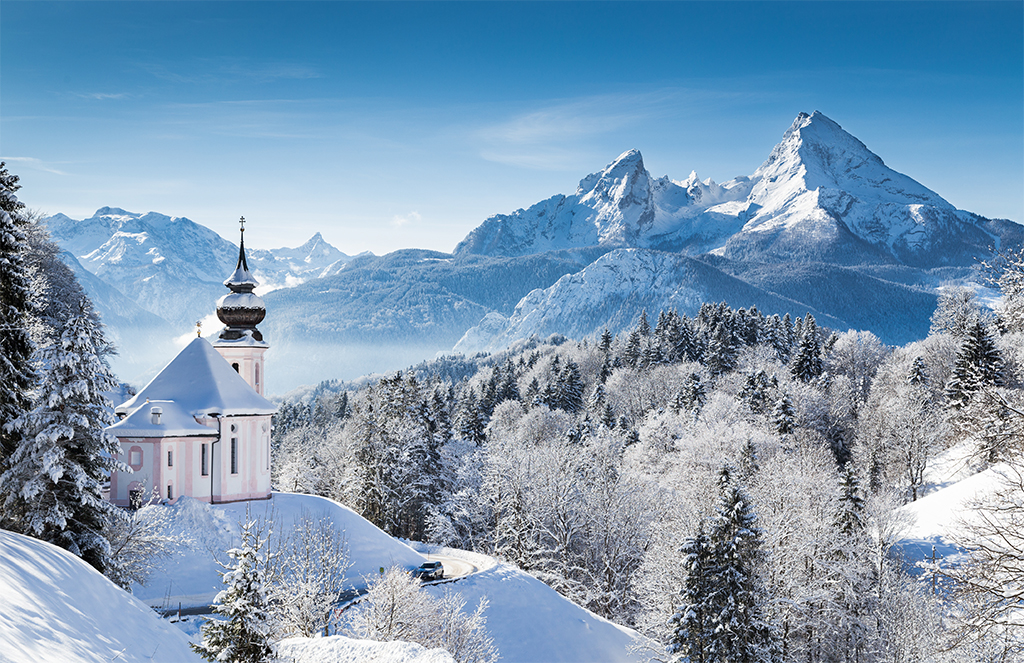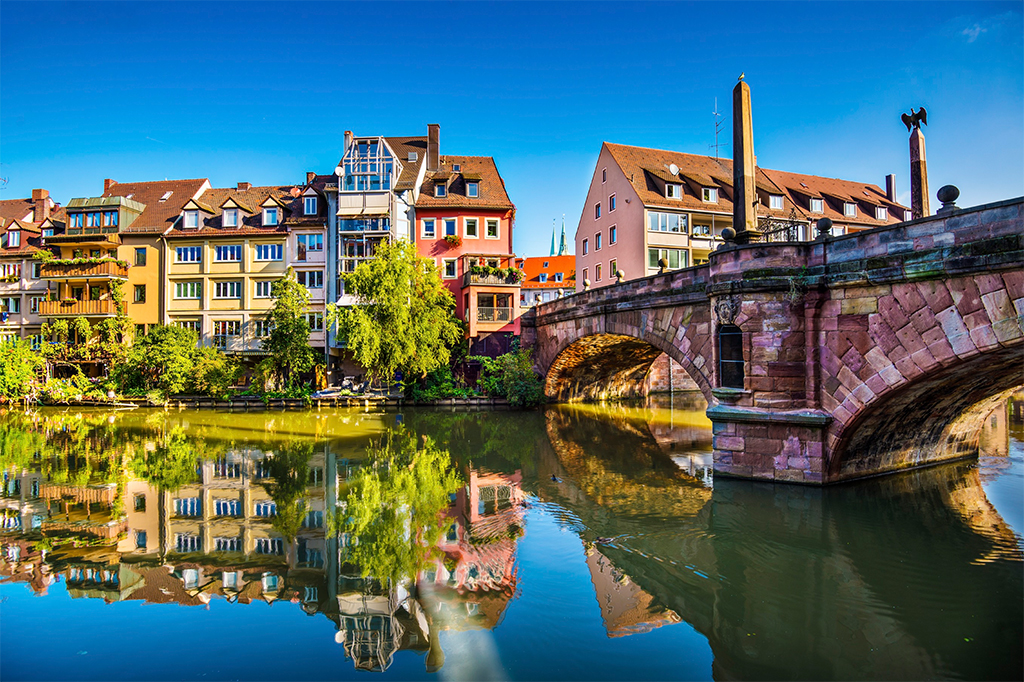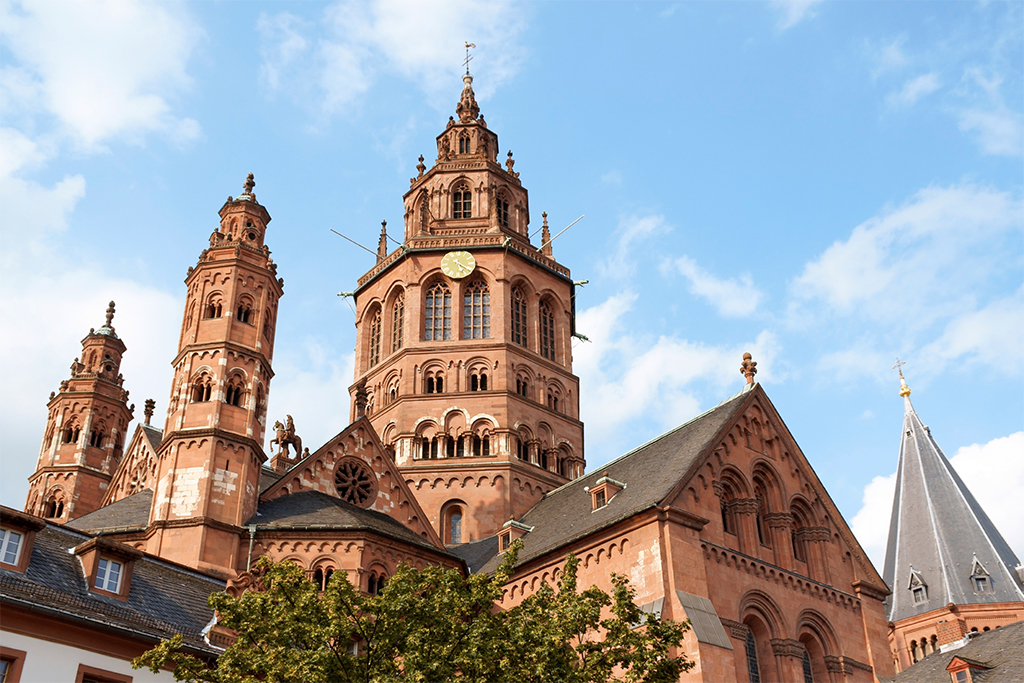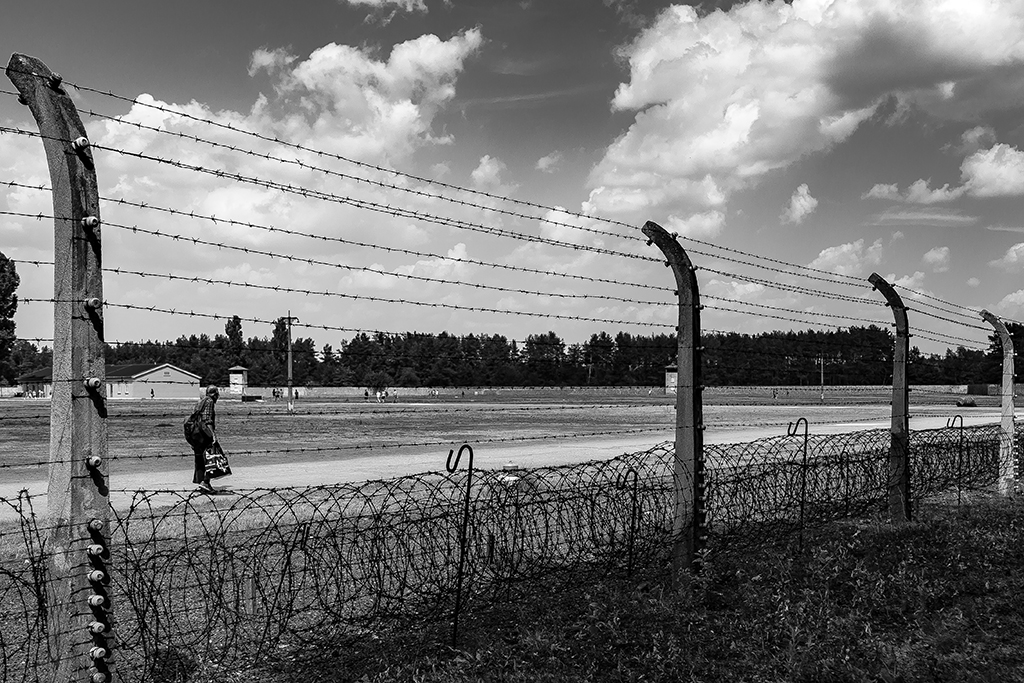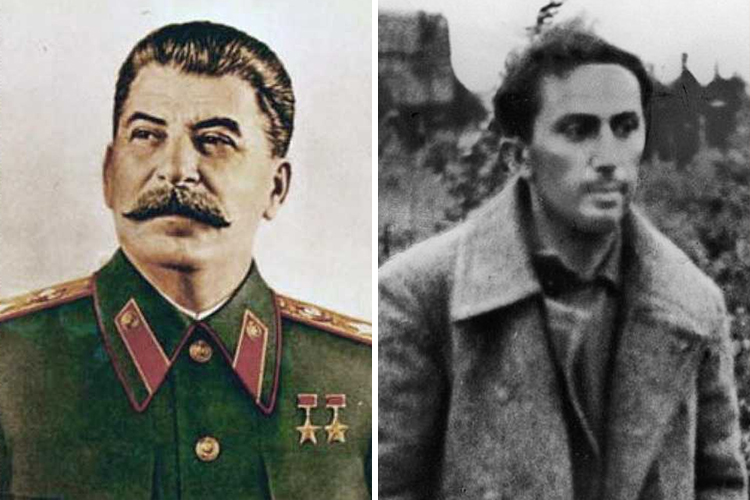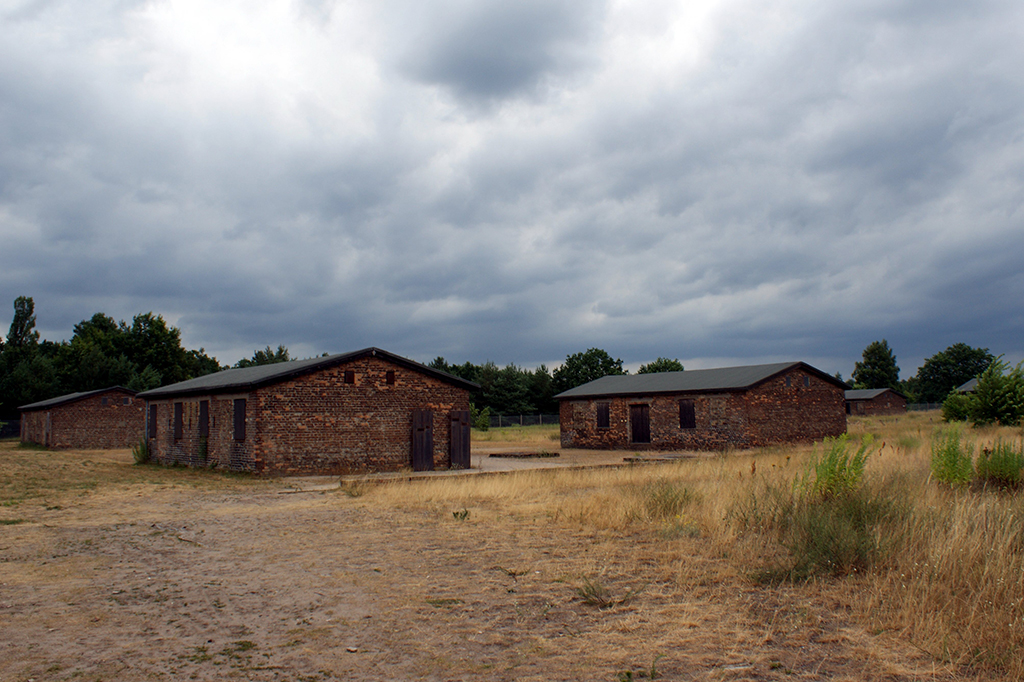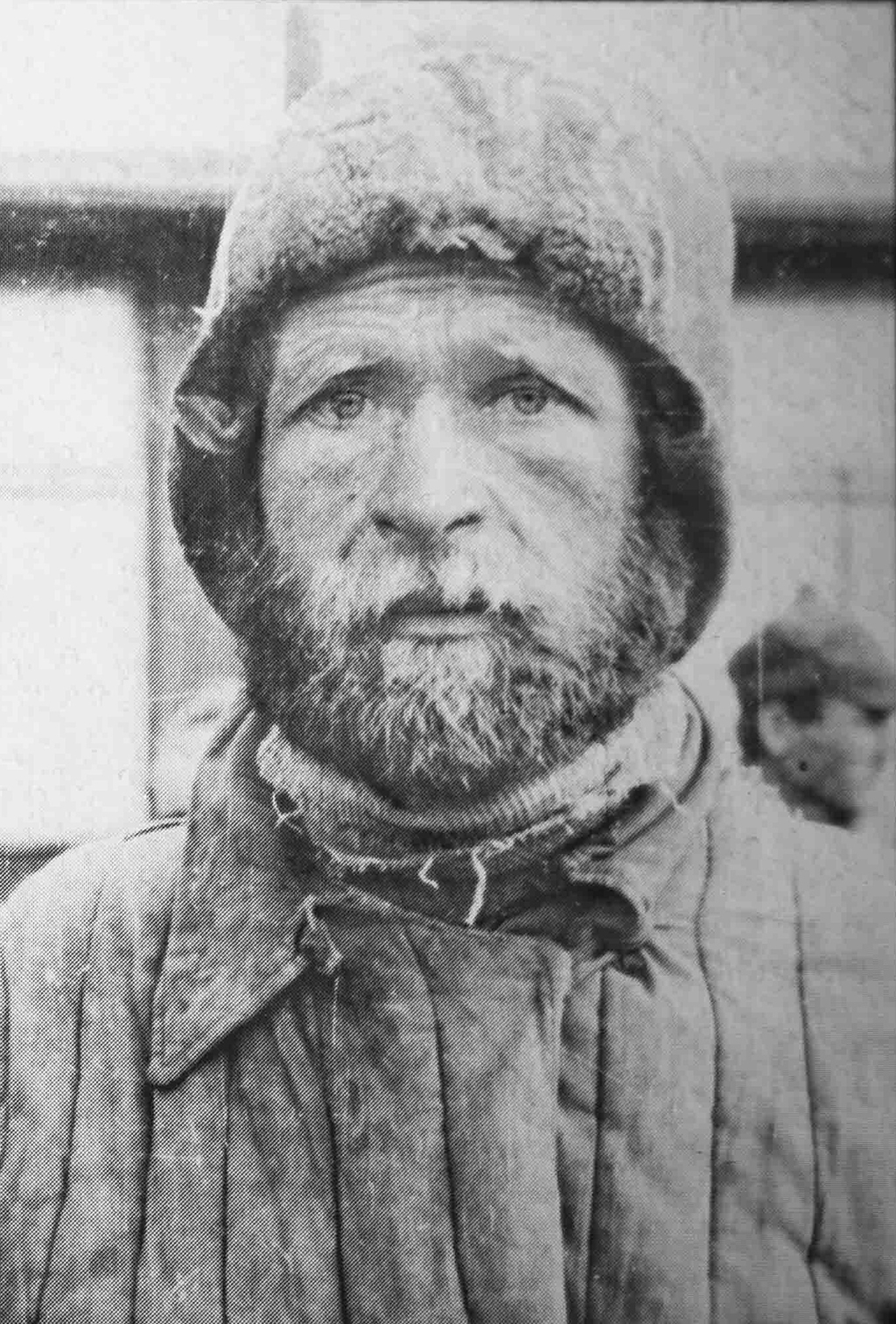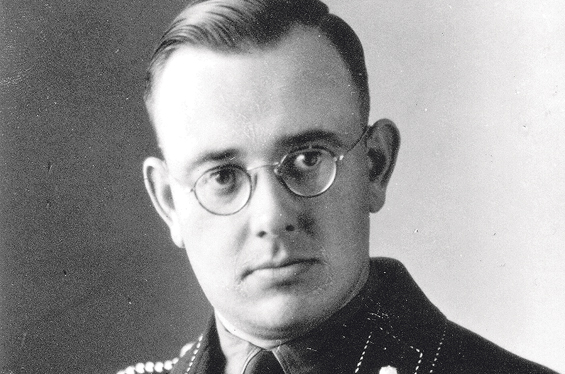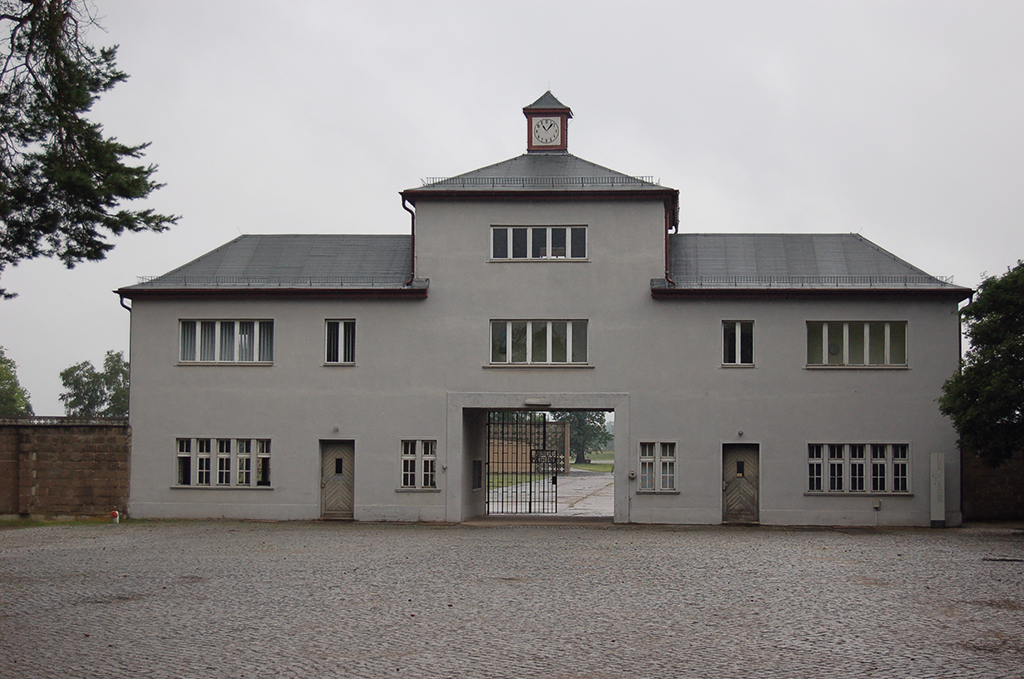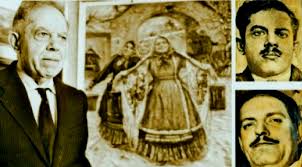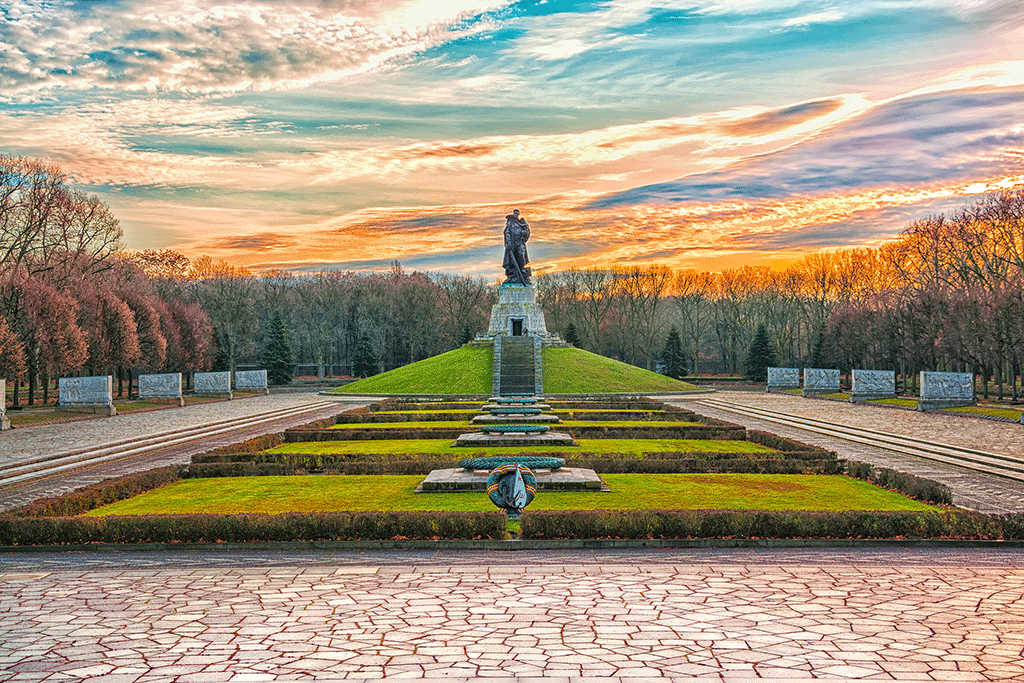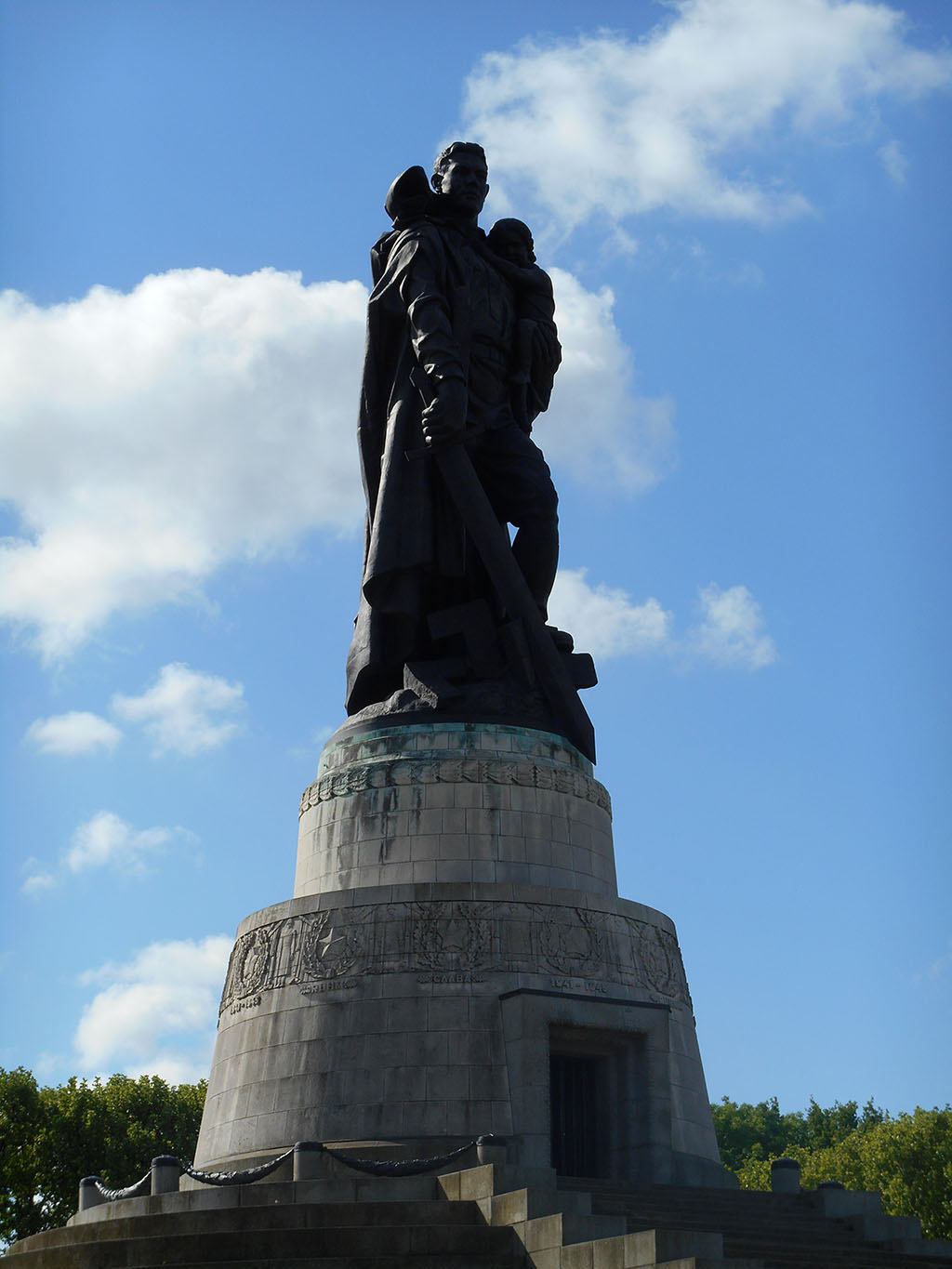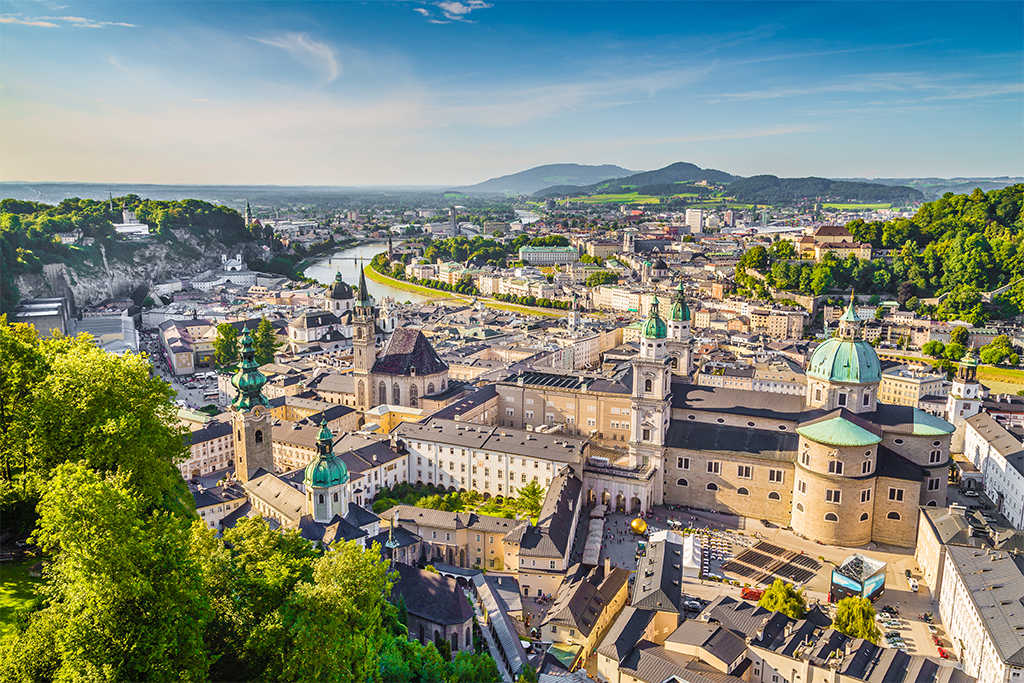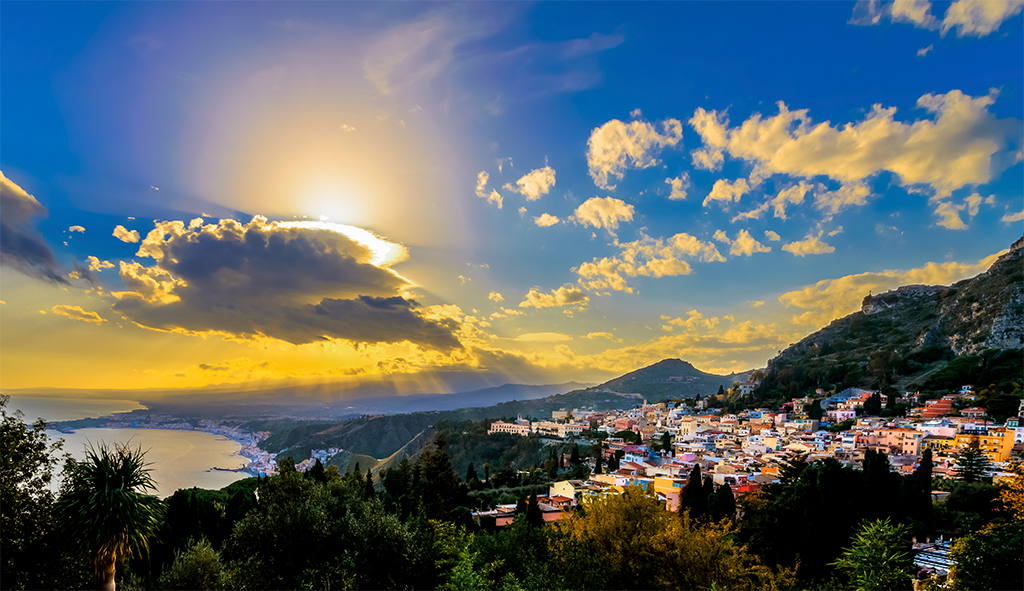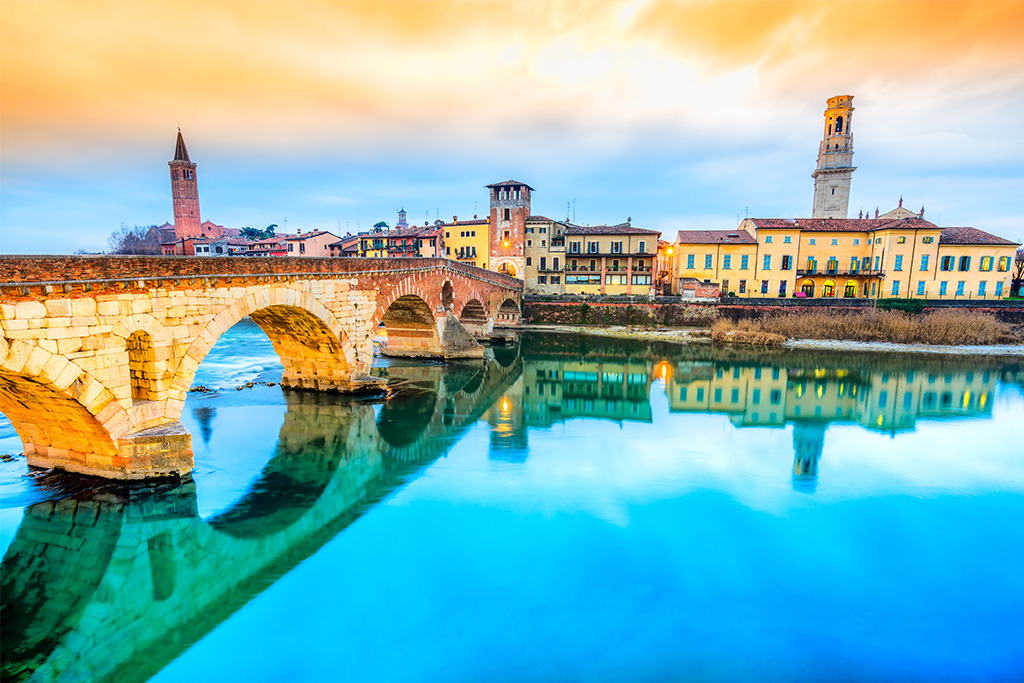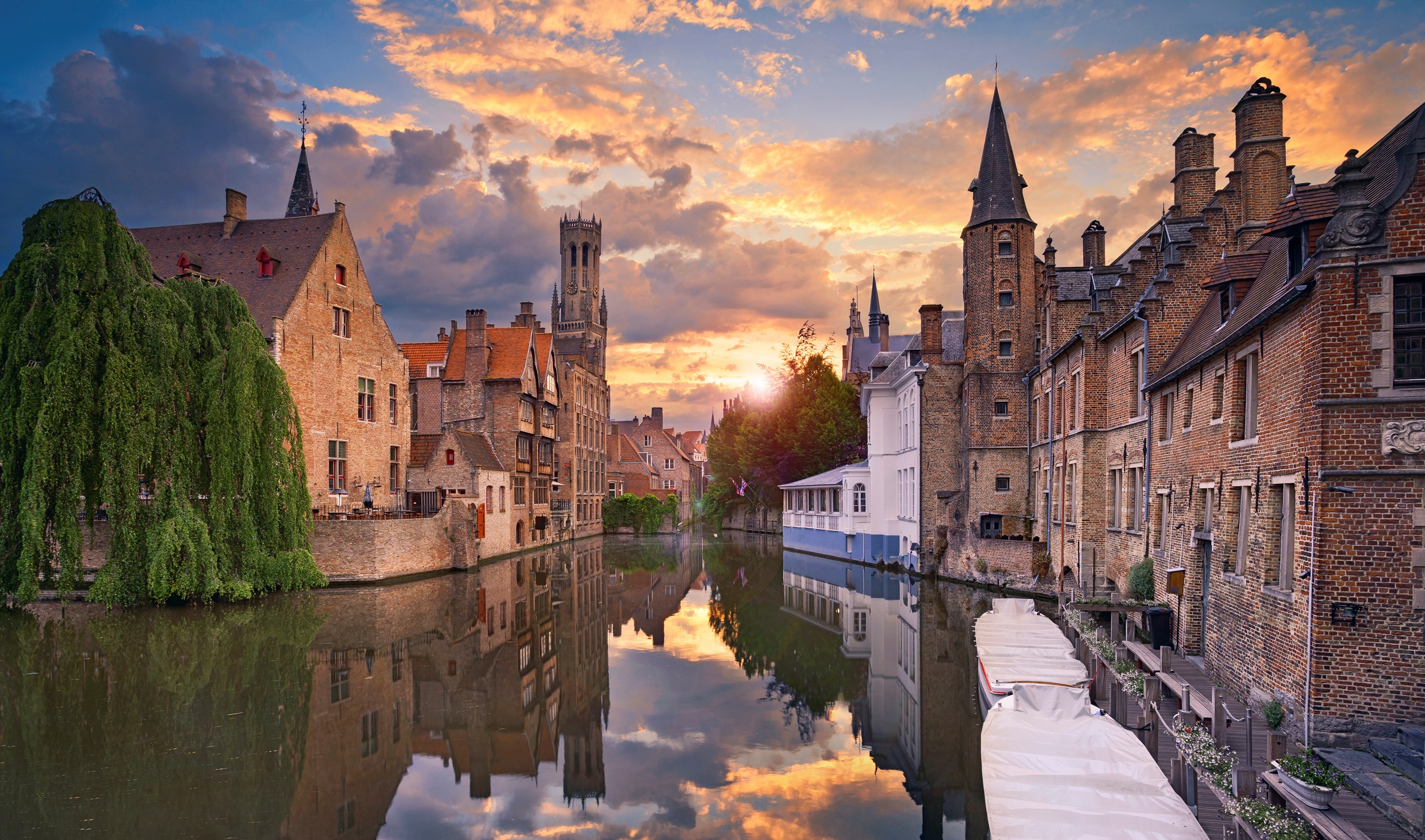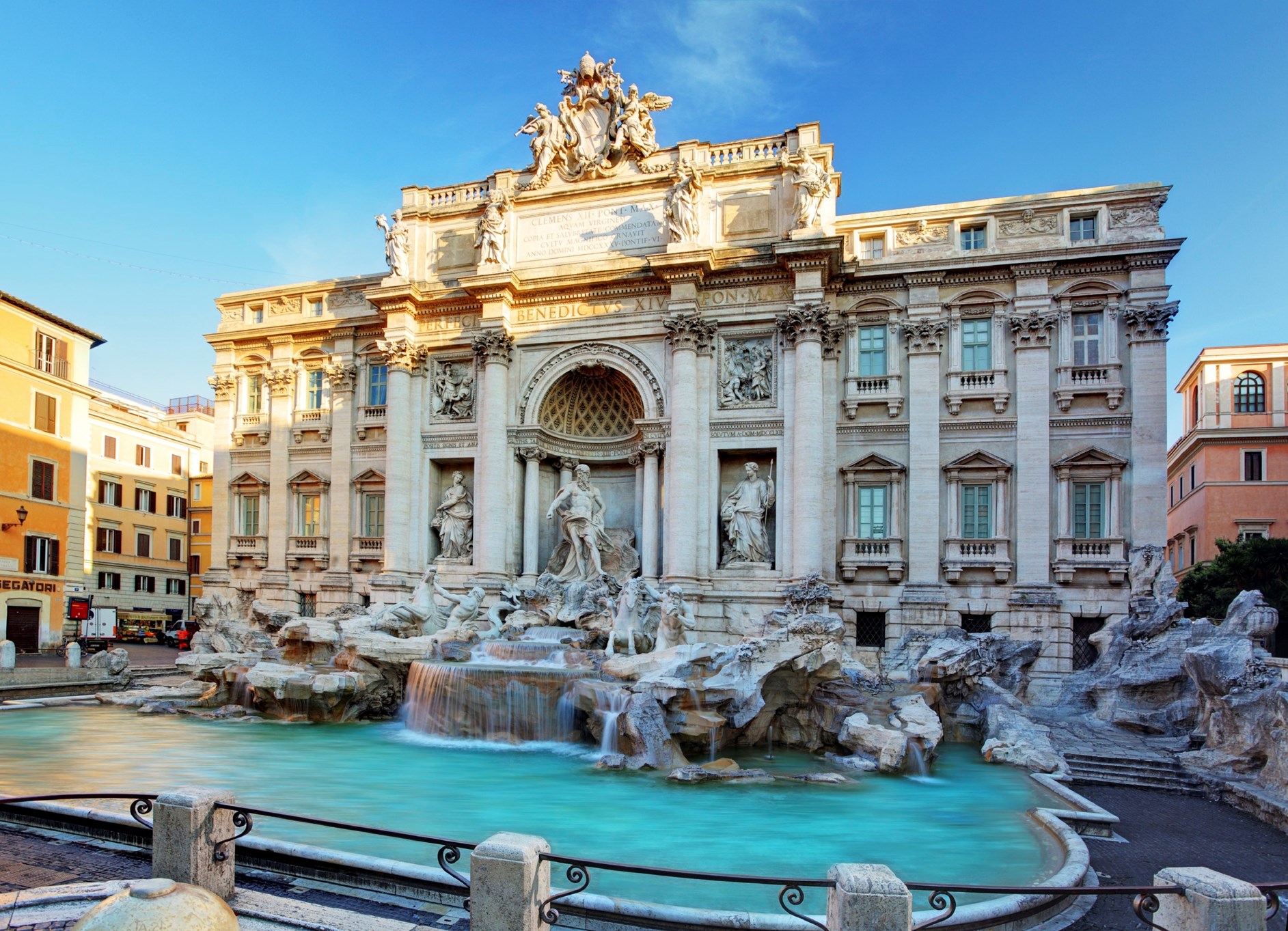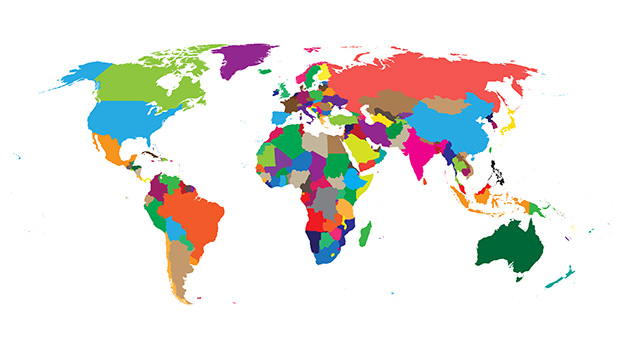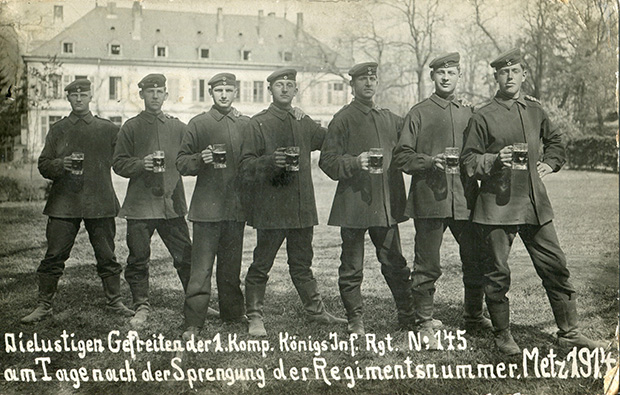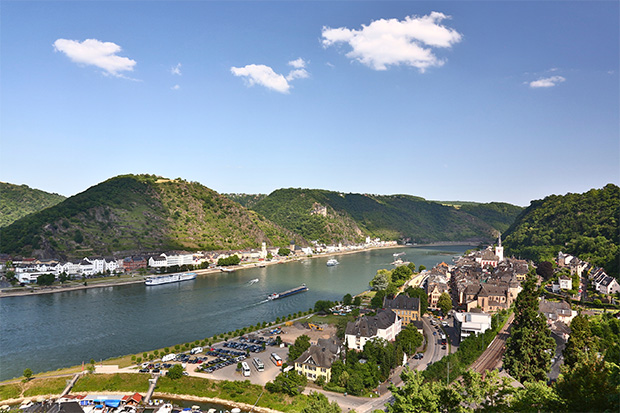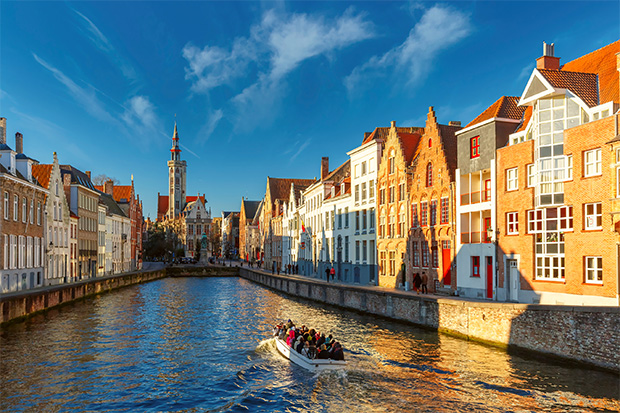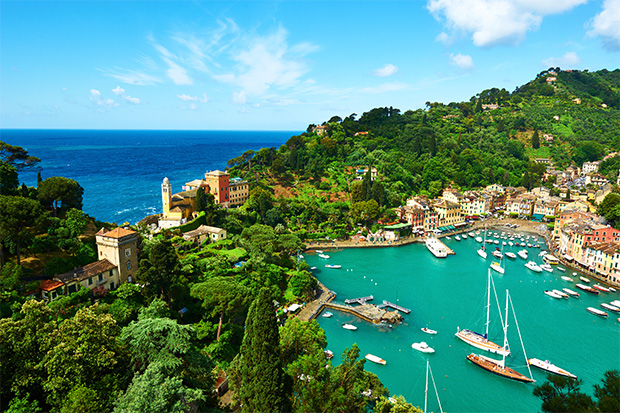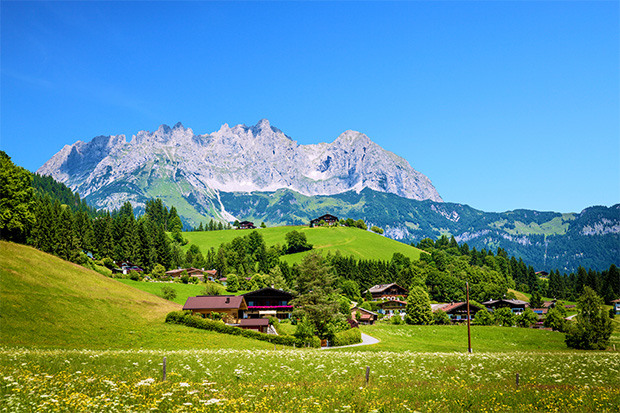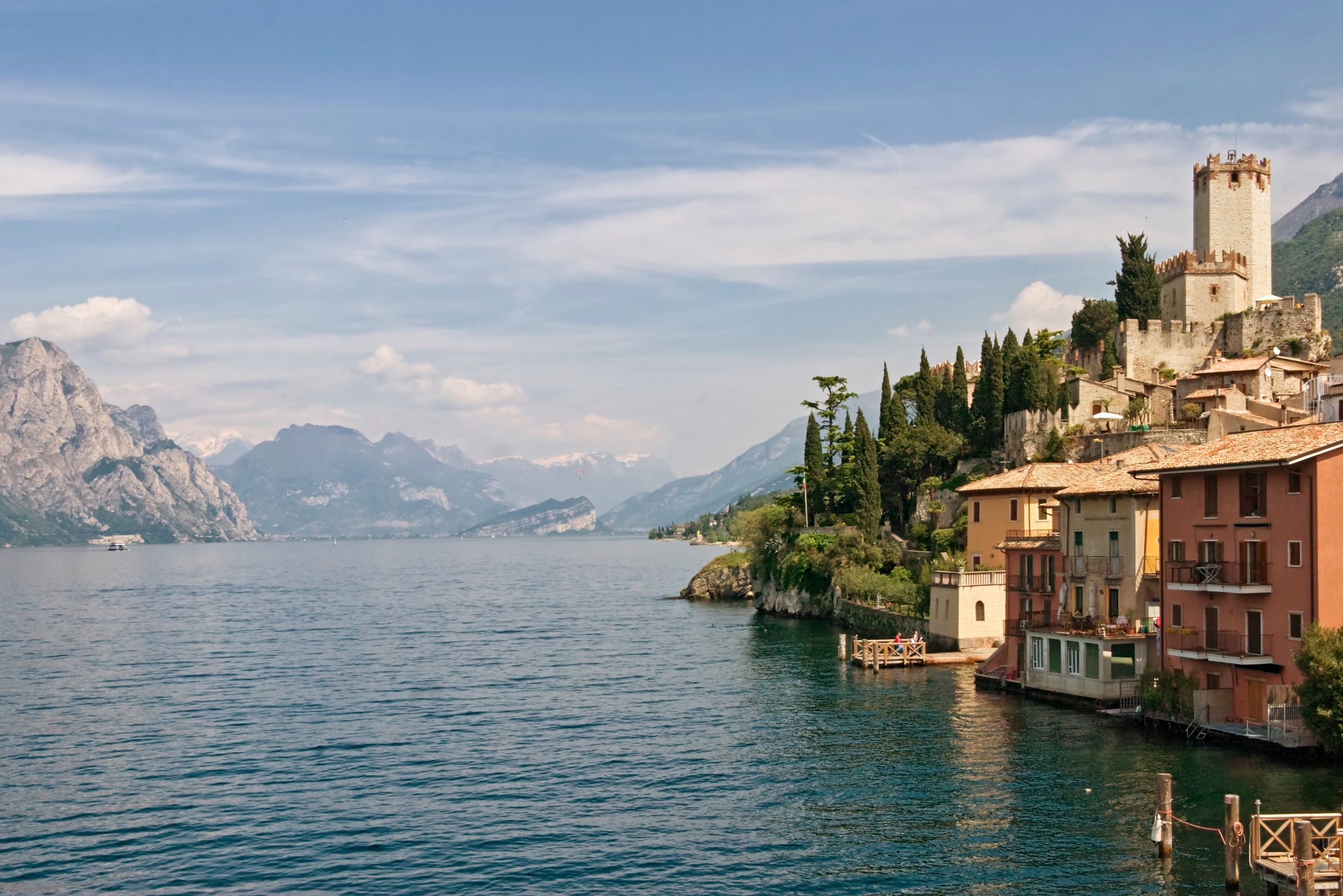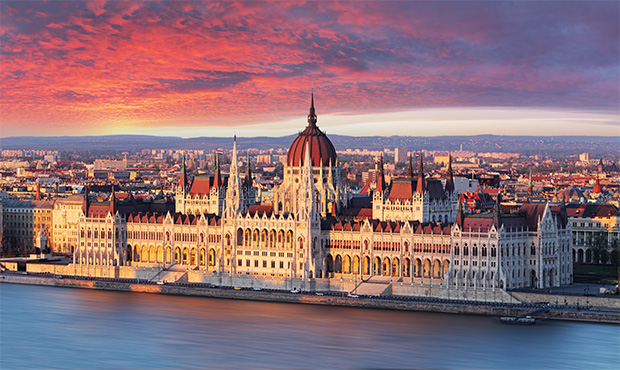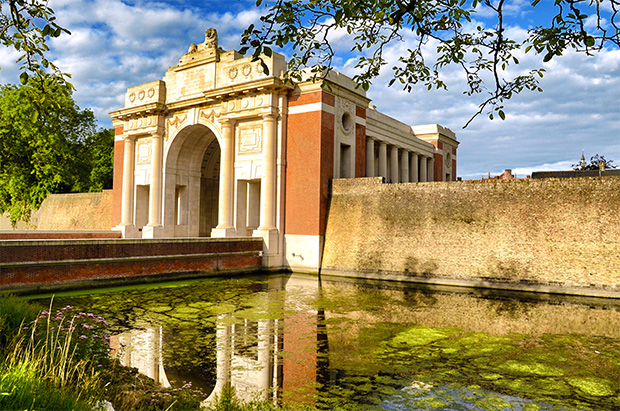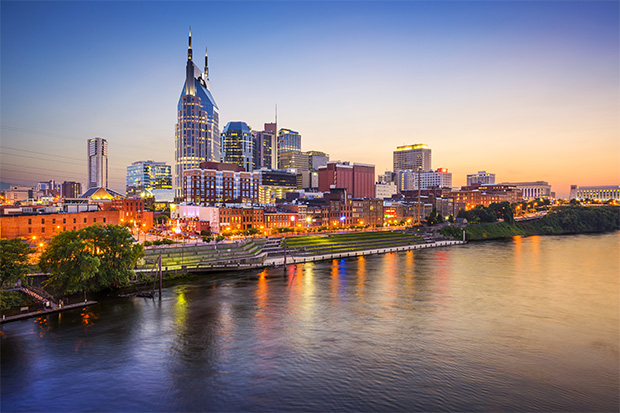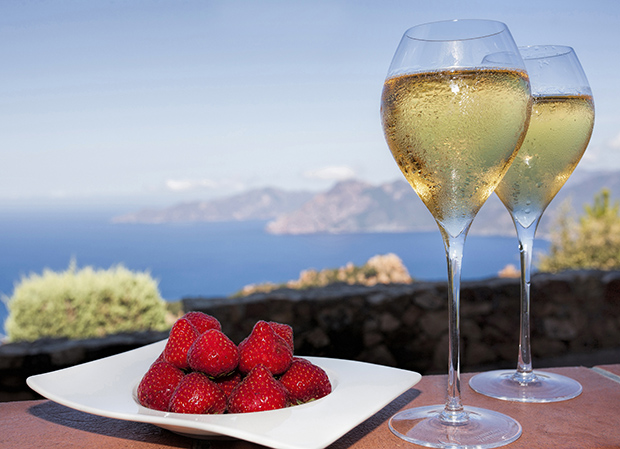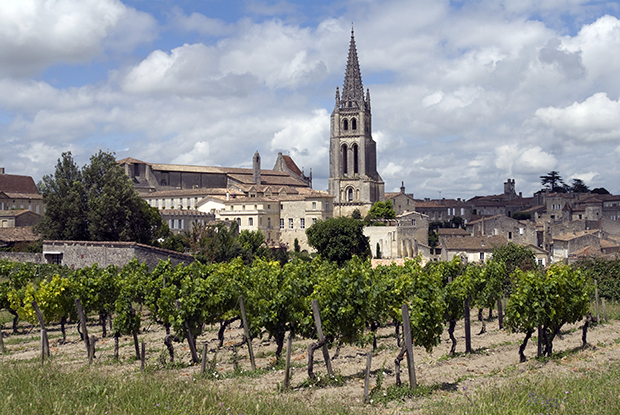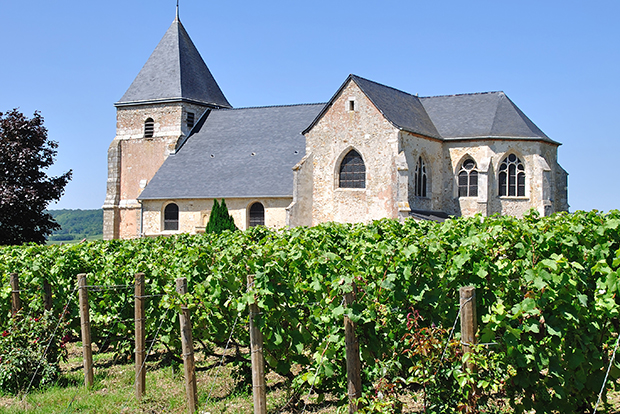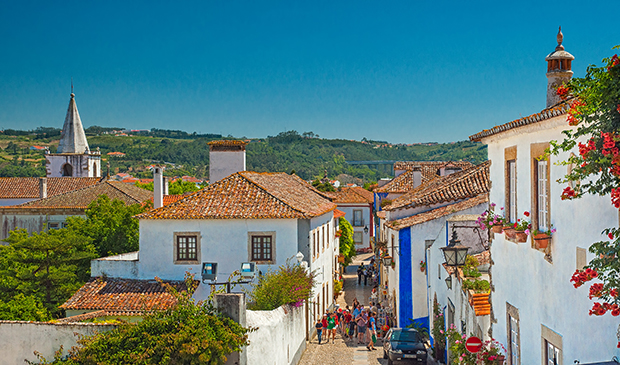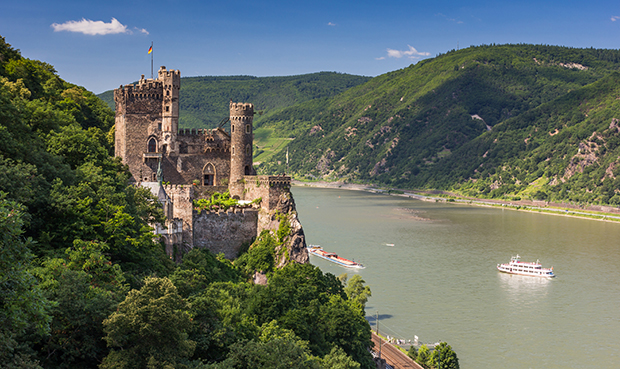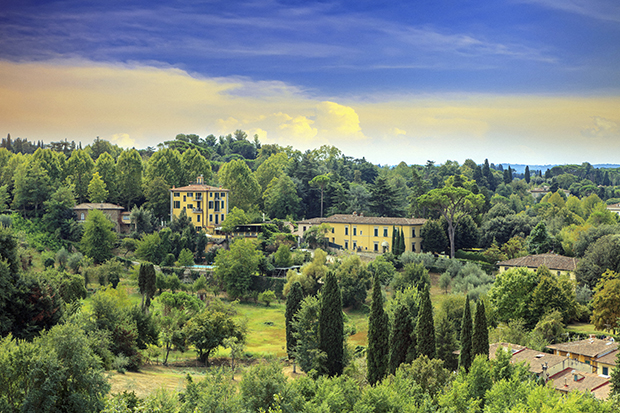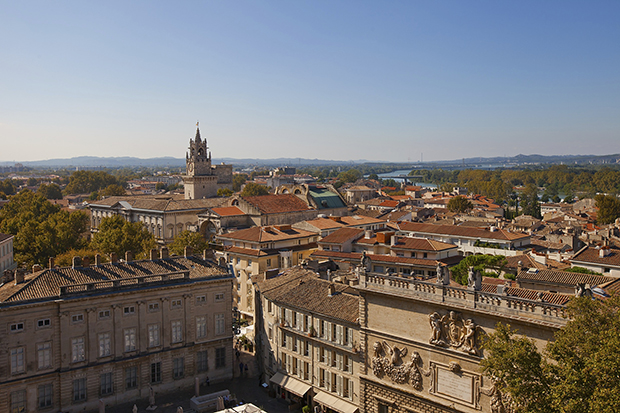Ah… being in love, there’s nothing quite like it, so it’s no surprise that countries from all over the world have a special day dedicated to celebrating ‘that special someone’… Valentine’s Day.
So, wouldn’t you like to know a little more about the different Valentine’s Day traditions, past and present from countries near and far?
Whilst some are what you might expect – traditional chocolate hearts and bright cards scrawled with adoring messages – there are others that are a little unorthodox!
So, if you’re looking for a truly unique way to surprise your loved one this Valentine’s Day, we might just be able to help!
Germany
Let’s start with one that’s a little out of the ordinary, shall we?
Although the celebration of Valentine’s Day in Germany is not as commercial as it is in places such as the UK and America, it’s a popular tradition with the locals there.
And, whilst lovers will exchange gifts of chocolates, flowers, and gingerbread cookies displaying romantic messages, they also like to exchange… pigs!
Yes, that’s right, pigs! Pictures of pigs, chocolate pigs, statues of pigs… even a real pig for those who want to really go for it!
In the country, the pig symbolises lust and luck.
It’s also pink, and so we can see why this little animal could be synonymous with the festival of love.
Italy
Going back to a more traditional way of celebrating one’s love for another, in Italy, Valentine’s Day is celebrated by way of a classic spring festival.
Couples shower each other with romantic poems, enjoy sweet ballads and scrumptious meals together, and often exchange boxes of ‘baci perugina’ – chocolate hazelnut ‘kisses’.
However, Italy also has a strange legacy surrounding its Valentine’s traditions, which states that the first man a girls sees when she wakes on February the 14th, she will marry within the next year…
To all those singles out there, keep an eye out this Wednesday morning!
South Africa
If you’re a hopeless romantic who likes to wear their heart on their sleeve, then the South African Valentine’s tradition might just be the one for you.
As well as the traditional celebrations, women in South Africa can often be seen to, quite literally, wear their hearts on their sleeves, by pinning the names of their significant others (or crushes!) to the sleeves of their tops.
A perfect way to let that special someone know you’re interested, perhaps?
China
In China, they don’t celebrate Valentine’s Day exactly, but they do celebrate Qixi.
During Qixi, young women gather, prepare and offer fruits to Zhinu, in the hope that the goddess will send them a good husband.
Qixi falls on the seventh day of the seventh lunar month each year and pays homage to an old Chinese legend.
It is said that Zhinu, a heavenly king’s daughter, and Niulang, a poor cow herder, fell in love (against Zhinu’s father’s wishes), married and had twins.
Once her father learned of their marriage, he sent for her to be brought back to the heavens.
However, upon hearing the cries of Niulang and her children, the king allowed Zhinu to meet Niulang back on Earth, once a year, hence the start of Qixi.
Denmark
And finally, we have Denmark, located in Scandinavia which adds its own little Danish twist to this celebration of love.
Whilst friends and lovers in the country do exchange flowers, it’s not the traditional red rose, as the Danes instead swap pressed snowdrops to show their love.
It’s also common for men to give their secret admirers a ‘gaekkebrev’, which is a form of funny love poem presented on intricately cut paper.
For even more fun, the poems are signed off as anonymous and the receiver then has three guesses to work out who their poem is from.
If guessed correctly, the receiver will also be given an Easter egg by their admirer, later in the year.
If not, they must be the ones to buy the admirer an Easter egg – a great way to keep the gift-giving going, and get even more chocolate!
If this blog has given you some inspiration for a unique gift, or maybe even a unique trip, visit our website and discover a world of romance!

